Let’s boo this!
As Halloween approaches, we start thinking about haunted houses, creepy crawlies and spooky stories. But what if the real trick is that the so-called monsters of Halloween are totally misunderstood? Certain animals like bats, snakes, spiders and wolves, have been cast as villains since the bedtime stories of our early childhood. But are their scary reputations deserved, or have we just been duped by myths and tall tales?
Why We Fear Certain Animals
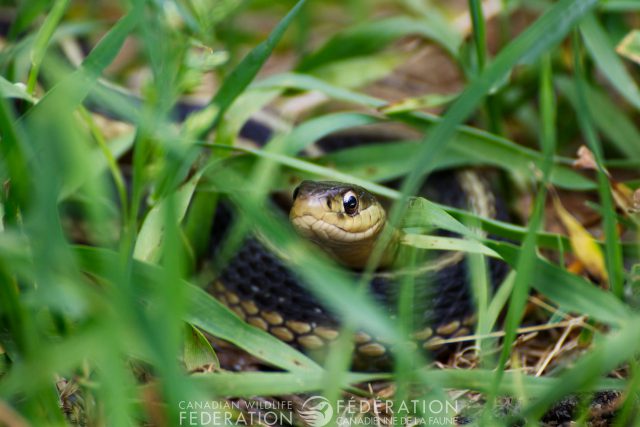
Humans have an evolutionary knack for spotting potential threats. Our brains are wired to notice snakes, spiders, and other critters quickly – a survival tactic passed down from our ancestors. Basically, our brains are saying: “Yikes! Better be careful!” Even if, in reality, that spider in the corner is harmless.
But fear isn’t just about biology. When animals pop up where we don’t expect or want them, our reactions often mix fear with frustration or annoyance. Suddenly, those creatures aren’t just animals, they’re “pests.” Calling them that says a lot about how we live, what we value and how we want the world around us to behave.
The Villains Unveiled
Bats

People often fear bats thanks to myths (hello vampires). Sure, they might look unpredictable flitting through the night sky, and yes, a very small percentage (less than one per cent) of them may carry rabies, but so can your dog or other animals. In reality, bats are ecosystem superheroes. These night flyers can gobble up thousands of insects in a single evening and save the agriculture industry millions of dollars in insect control! Next time you see a bat, try thinking “tiny flying mosquito-eater” instead of “tiny flying monster.”
Snakes
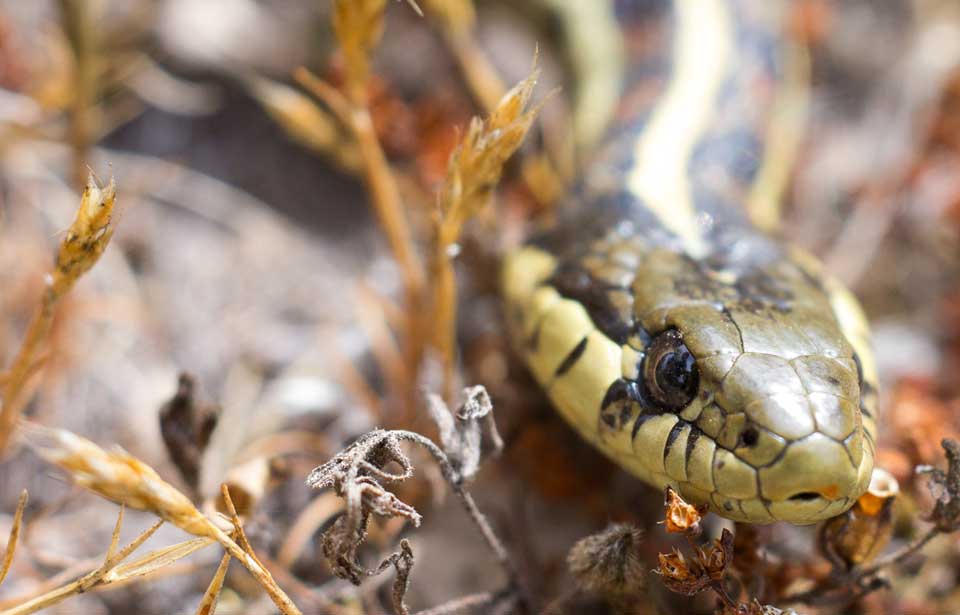
It’s true, many people are scared of snakes. They’re so different from the animals we usually see that they trigger our attention and sometimes our fear. While three species of venomous snakes exist in small pockets of central British Columbia, the Prairies and southern Ontario (all of which are species at risk), most snakes in Canada are completely harmless. But rodents beware; many snakes are key predators of small rodents, keeping populations in check.
Spiders
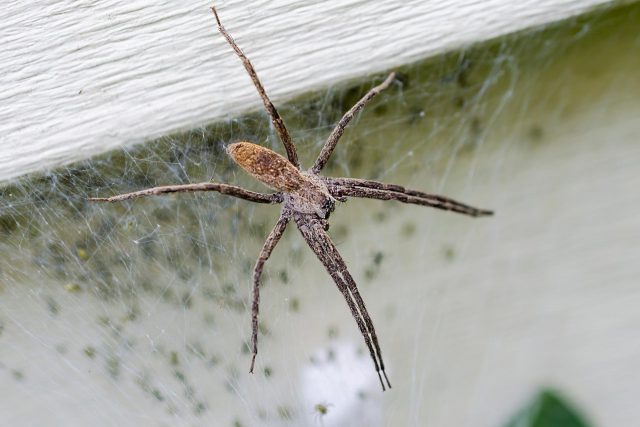
Creepy? Maybe. But spiders are incredible predators that help keep insect populations in balance. That “yikes” feeling you get when you spot a spider? That’s mostly our imagination filling in the blanks about what it might do, rather than the reality of its helpfulness.
Wolves
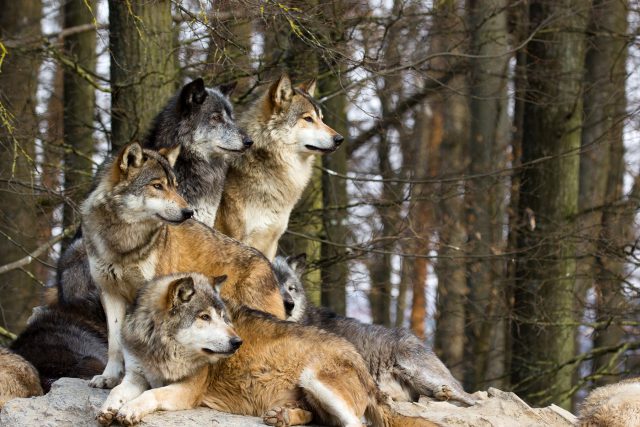
Did someone say big bad wolf? It’s no secret that wolves have long been framed as villains – think Little Red Riding Hood. Yes, they’re predators, but they play a crucial role in balancing ecosystems.
For many Indigenous Peoples, wolves are anything but villains. In Anishinaabe teachings, wolves (Ma’iigan) are considered kin. One creation story tells of the first human who was lonely until the Creator paired him with a wolf. Together they traveled the world, naming everything around them. Eventually, they had to walk separate paths, but with a bond that could never be broken; whatever happened to one would happen to the other. Both would be feared, disrespected and misunderstood by the humans who came after.
This story reminds us that the tales we tell about wildlife shape whether we fear them or walk with them in respect.
Why Some Animals Scare Us More
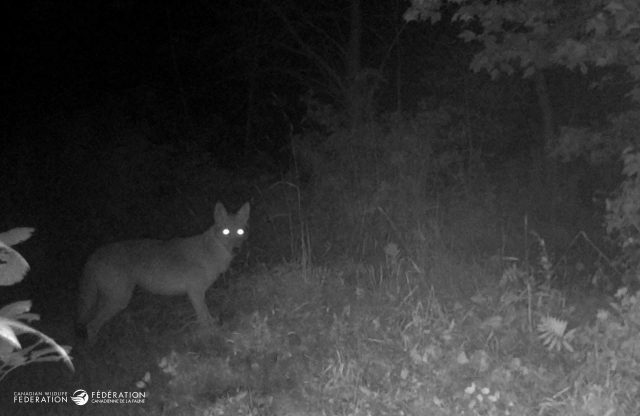
Animals that are secretive, nocturnal, or hard to understand tend to trigger stronger fears. Add in sharp teeth, glowing eyes, or a sudden movement in the dark and it’s easy to see how myths and fear take hold. Western society has long drawn a line between the animals we rarely see, labelling them as beautiful, exotic or appreciated and the ones we live with but can’t control as annoying, “pest” like or even villainous. The latter often earn our wrath and disgust, sometimes hunted to extirpation (no longer found in Canada) like the Timber Rattlesnake, even if they’re just trying to survive in a world we’ve rearranged for ourselves.
How to Reframe Our Perceptions
The first step? Learn what these animals actually do in the wild. Observing them safely in nature or by watching documentaries helps foster a love for different kinds of wildlife. Participating in conservation efforts is even better; it builds connection and understanding, turning fear into curiosity and respect.
This Halloween let’s give a break to the bats, spiders, snakes and wolves. They might look spooky, but the real monsters? They’re the myths we’ve made up.


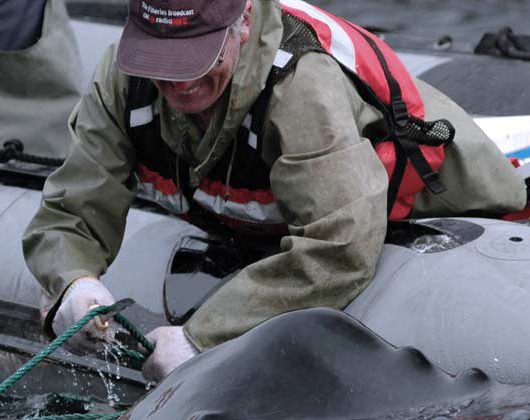

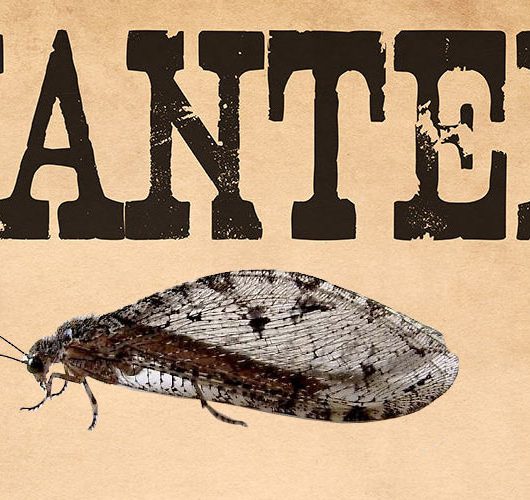
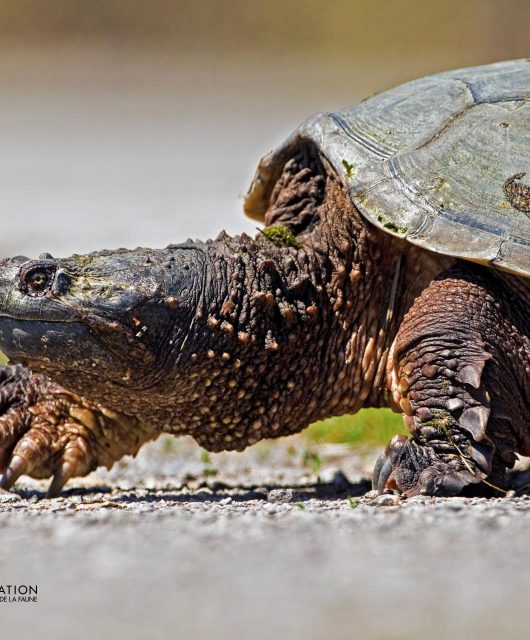
1 comment
Stunning photos!